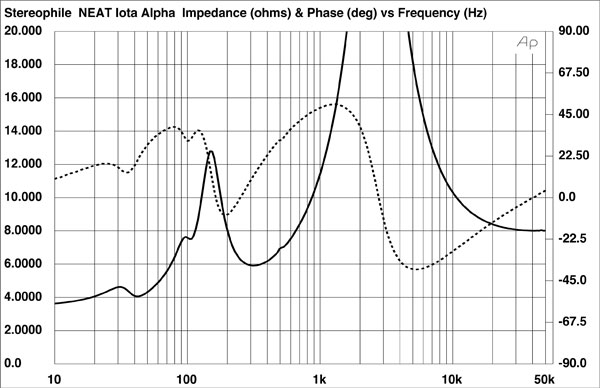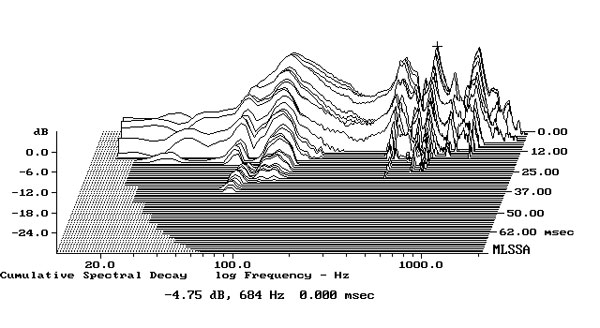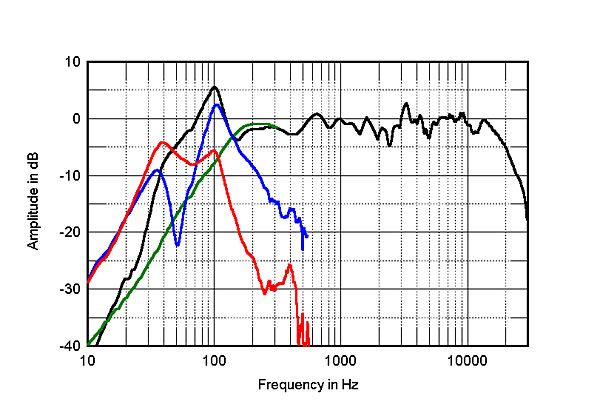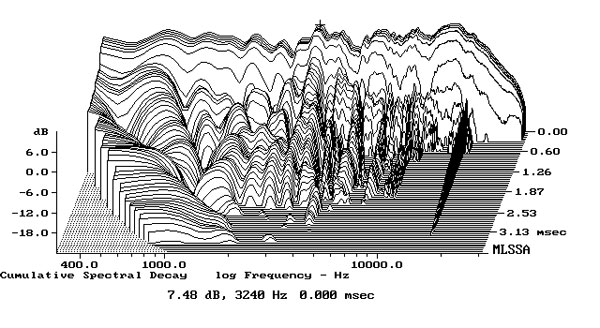| Columns Retired Columns & Blogs |
As far as I know, this is the first review of Neat speakers that includes measurements. I wonder why.
To my knowledge Neat designs their speakers mostly by ear. This approach does not seem very scientific to me and the poor measurements here are likely the outcome of this process.
I had a pair of Neats, but sold them when I could not find any reviews that included measurements (there was a lot of subjective reviews, but I don't care about those). I simply cannot trust equipment that is not thoroughly measured and it seems that I made the right decision.















































